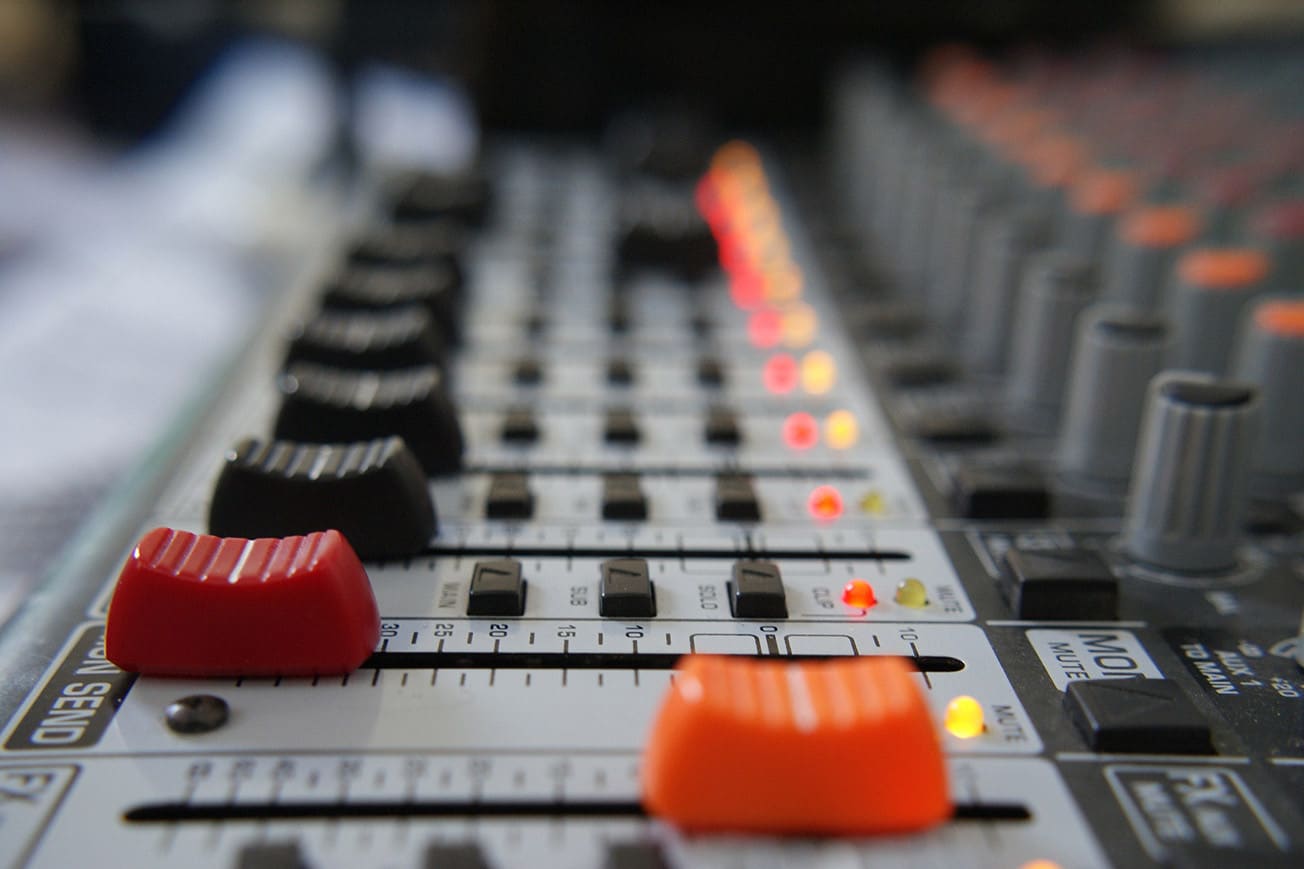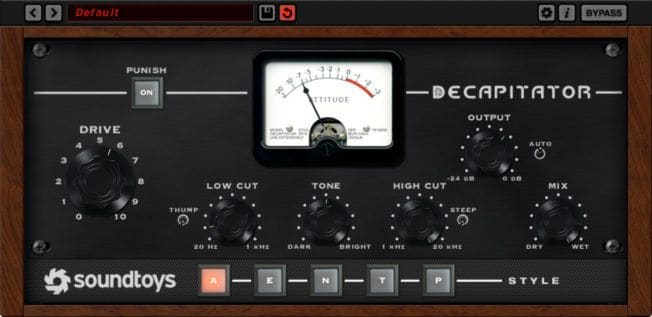Clockbeats Academy - WHAT IS AUDIO SATURATION AND HOW IT IMPROVES YOUR MIX

DIFFERENT TYPES OF AUDIO SATURATION
There are several types of saturation plugins that emulate the imperfections of analog hardware. However, the most common types are tape, tube, and transistor.

TAPE SATURATION
Tape saturation plugins emulate the sound of audio recorded through tape machines. They introduce odd order harmonics, subtle compression, and non-linear shifts in frequency response. Tape saturation also rolls off high-end frequencies and creates a small boost in the lows. Moreover, it rounds off transient peaks, creating a form of compression that smooths out the signal.
Many describe tape saturation as sounding warm and punchy. This type of harmonic distortion works great for adding dimension, fatness, and depth to your mix.
TUBE SATURATION
Tube saturation plugins emulate the sound of audio driven through tube amps. They introduce even order harmonics. This type of harmonic distortion also adds a subtle form of compression. However, when pushed hard, tube saturation can have an aggressive edge.
Many describe tube saturation as sounding warm, musical, and punchy. This type of harmonic distortion can also increase perceived loudness, dimension, and fatness.
TRANSISTOR SATURATION
Transistor saturation plugins emulate the sound of audio driven through transistor‑based circuits. You can also achieve this sound by overloading input levels on various hardware and plugin emulations. Transistor saturation introduces odd order harmonics and a form of “hard clipping” compression. Depending on the device, this type of harmonic distortion can have a subtle or aggressive sound.
Many describe transistor saturation as sounding fuzzy, gritty, and textured. Moreover, its impact on transients and higher harmonics can make sounds less punchy and musical when pushed hard. Whereas, subtle settings will give you a smoother tone.

